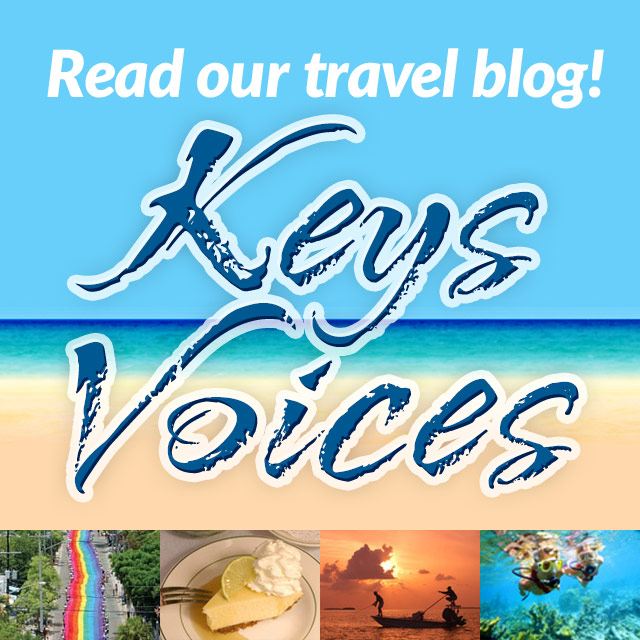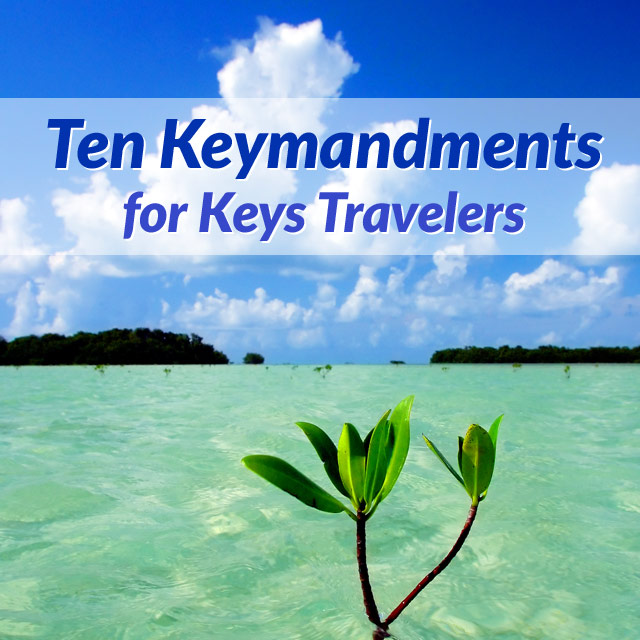Welcome to the Lower Keys!
Where the Florida Keys island chain takes a graceful westerly turn toward the sunset, the Lower Keys are home to two national wildlife refuges, a national marine sanctuary and a state park filled with abundant terrestrial and marine wildlife.
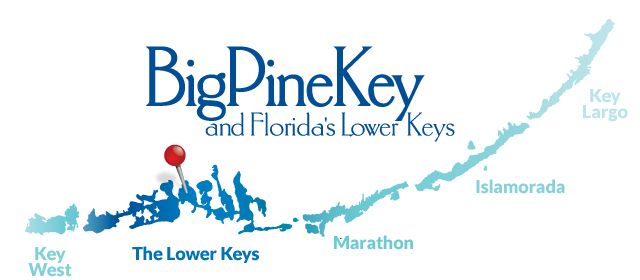
This quiet region of small islands is connected from the west end of the Seven Mile Bridge at Little Duck Key, mile marker (MM) 40, to Stock Island at MM 5, by family-owned resorts, RV parks, campgrounds, quaint B&B’s and licensed vacation homes, as well as eclectic restaurants, a strong sense of community, native wildernesses and rich history.
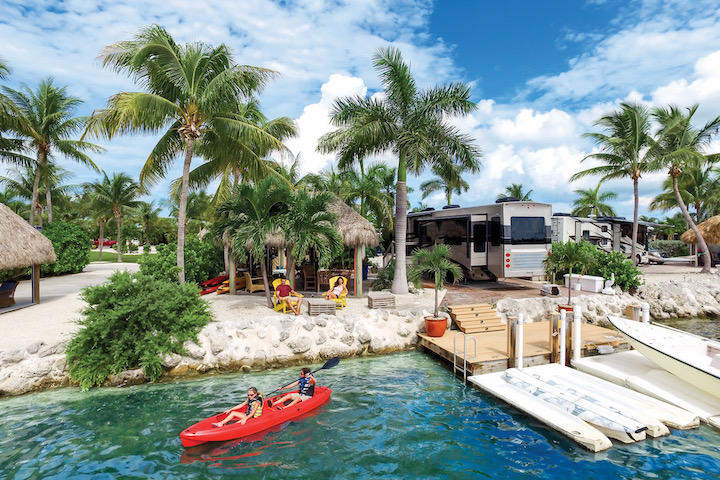

Take a boat trip to enjoy the crystal-clear shallow waters of the Lower Keys’ remote sand bars, or head out on a fishing adventure in the backcountry or in the deep blue water offshore beyond the reef.

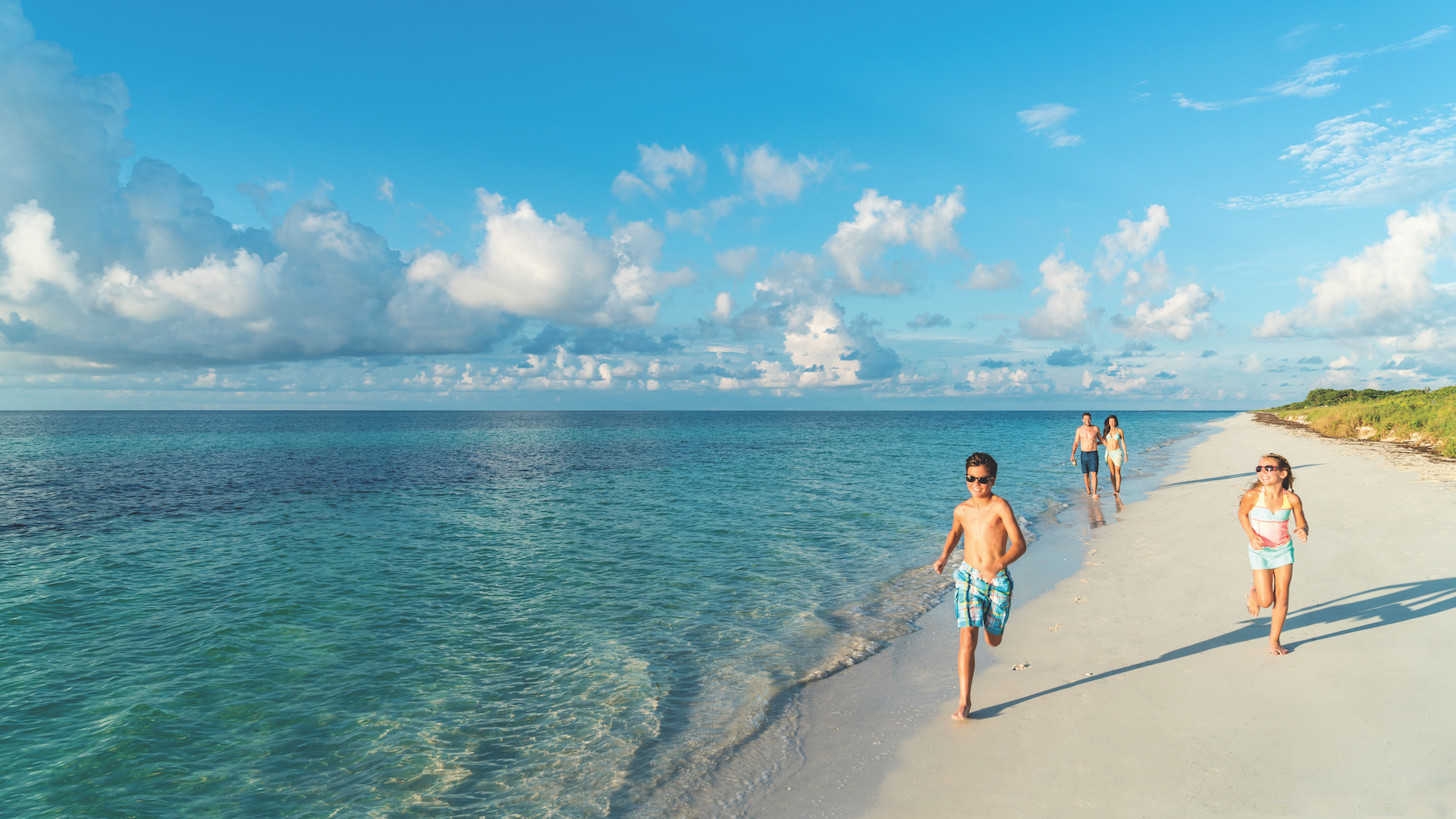

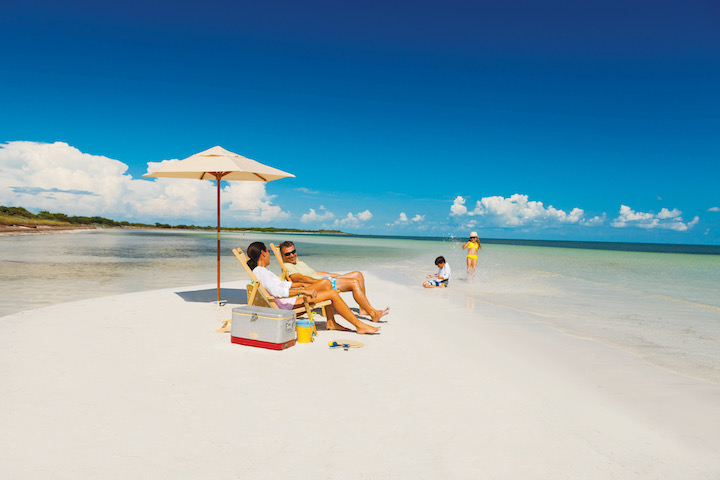

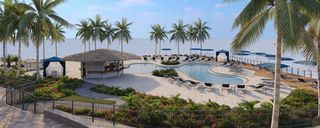
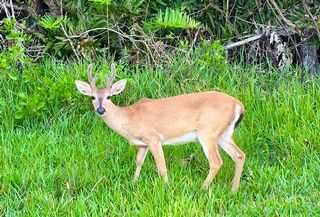
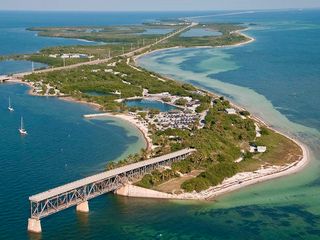

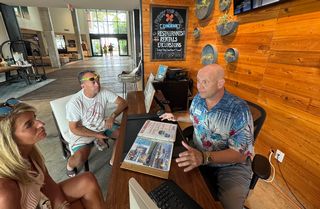

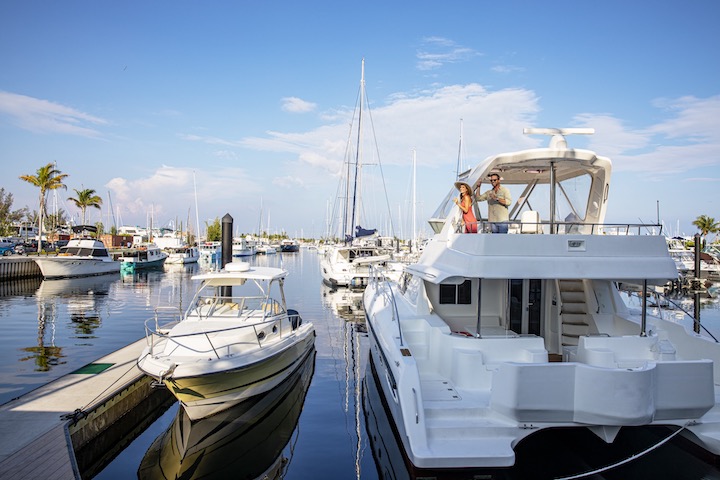
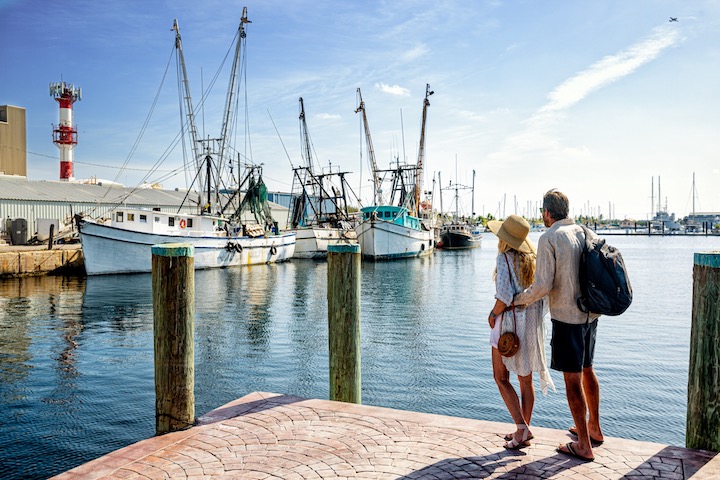
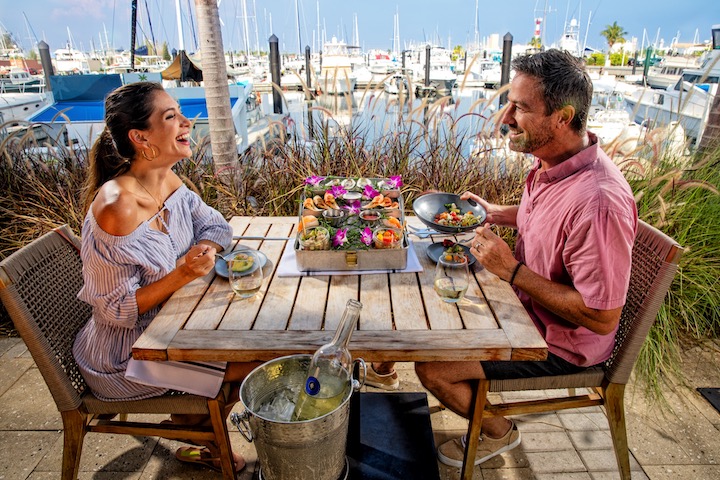
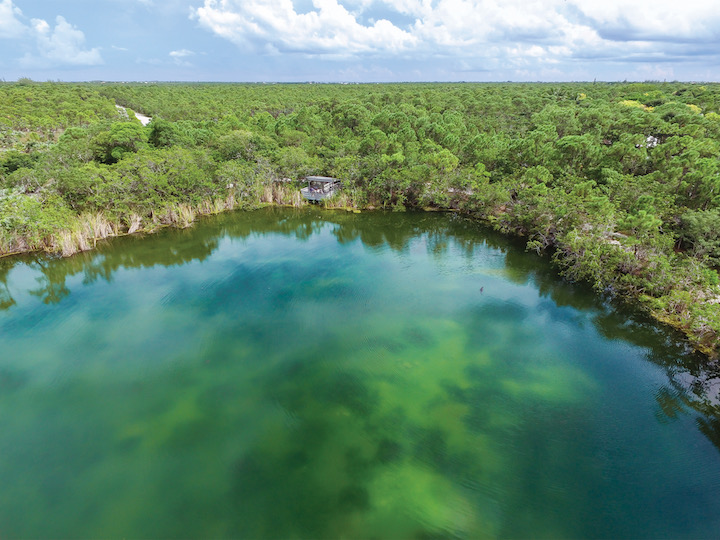
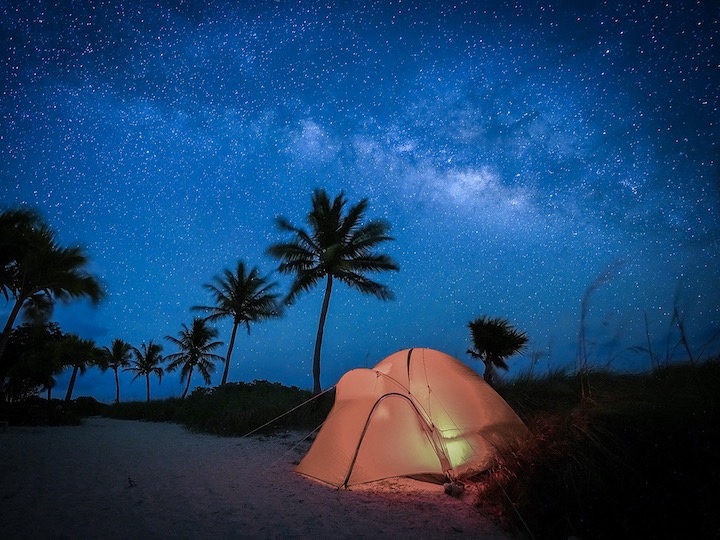
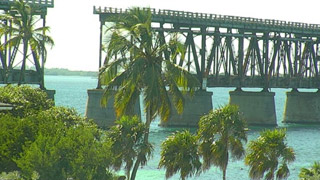 Lower Keys Cam
Lower Keys Cam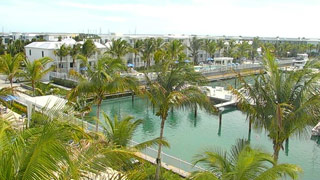 Oceans Edge Key West Hotel & Marina
Oceans Edge Key West Hotel & Marina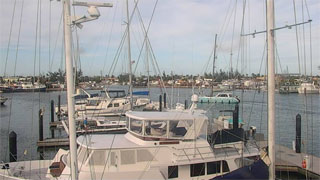 Working Waterfront, Stock Island
Working Waterfront, Stock Island
